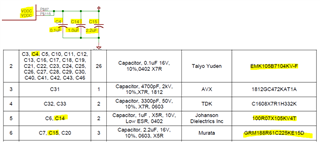Table 31.8 on page 2067 of the microcontroller data sheet requires the LDO capacitor to have a specific ESR and LSR. At what frequency is the capacitor to have these values?
-
Ask a related question
What is a related question?A related question is a question created from another question. When the related question is created, it will be automatically linked to the original question.


